Leading Filling Machine Manufacturers Transforming Precision in Packaging
Understanding Filling Machines: Types and Applications
1. Overview of Filling Machines
Filling machines are essential components of modern manufacturing and packaging industries, designed to efficiently fill containers with various products ranging from liquids to powders. Their primary goal is to provide precision and speed while ensuring minimal product waste. In an era where efficiency and quality are vital for market competitiveness, the role of filling machine manufacturers becomes crucial in providing solutions tailored to specific industry needs.
2. Types of Filling Machines
Filling machines can be broadly categorized based on their operational mechanisms and the type of products they handle. Here are several common types:
- Volumetric Fillers: These machines measure the volume of liquid or product to ensure a consistent fill level in each container. It serves various industries, including food and beverage, pharmaceuticals, and cosmetics.
- Piston Fillers: Utilizing a piston mechanism, this type fills thick liquids and pastes with high viscosity, ensuring accuracy and repeatability.
- Gravity Fillers: Ideal for low-viscosity liquids, gravity fillers use the force of gravity to fill containers. They are commonly employed in beverages and liquid food products.
- Pressure Fillers: These machines work with high-speed production lines and are ideal for carbonated beverages and other pressurized liquids, allowing quick and efficient filling.
- Overflow Fillers: These are designed for liquids that can foam or form bubbles. They ensure consistent fill levels by allowing excess liquid to overflow from the container, creating an accurate fill line.
3. Application Across Industries
The versatility of filling machines allows them to cater to a myriad of industries:
- Food and Beverage: Filling machines in this sector are typically designed to handle both liquid and solid products. They fill everything from juices to sauces while adhering to health regulations.
- Pharmaceuticals: Precision is paramount in this industry, making machines that can fill vials, syringes, and bottles critical for medication. Compliance with safety standards is essential.
- Cosmetics: Filling machines for cosmetic products must handle a range of viscosities and product types, including creams, lotions, and gels.
- Chemicals: In chemical manufacturing, filling machines must withstand corrosive substances and provide robust safety features.
Key Features of High-Quality Filling Machines
1. Automation and Efficiency
Automation technology plays a vital role in enhancing the efficiency of filling machines. High-quality models incorporate advanced features such as:
- Automated Adjustments: Modern filling machines offer automated adjustments for different container sizes and fill volumes. This capability reduces downtime for manual recalibration.
- Integration with Production Lines: Efficient filling machines can be integrated into larger automated production lines, enhancing the overall productivity of the facility.
- Real-Time Monitoring: With the advent of IoT (Internet of Things), many filling machines allow for real-time monitoring of operations, providing data analytics for better decision-making.
2. Customization Options
Each industry has distinct requirements. Thus, leading filling machine manufacturers offer customizable solutions to meet the specific needs of their clients:
- Flexible Configurations: Options for adjusting the machine to fill various product types ensure that businesses can switch between products with minimal hassle.
- Specialized Nozzles: Different types of nozzles can be included for filling products with varying viscosities, from thin liquids to thick pastes.
- Labeling and Capping Integrations: Many filling machines can be equipped with labeling and capping features, helping to create a complete packaging solution.
3. Maintenance and Durability
High-quality filling machines are built for longevity, but regular maintenance is critical to ensure their reliability:
- Robust Construction: Durable materials and weather-resistant components prolong the machinery’s lifespan and reduce the risk of breakdowns.
- Easy Accessibility for Maintenance: Machines designed with maintenance in mind make it easier for technicians to access crucial components, reducing downtime.
- Scheduled Maintenance Programs: Many manufacturers offer service programs to keep machines running smoothly, decreasing the likelihood of unexpected repairs.
Top Filling Machine Manufacturers: A Comparative Analysis
1. Key Players in the Market
The filling machine industry boasts several prominent manufacturers known for their technological advancements and commitment to quality. Notable companies include:
- Accutek Packaging Equipment Company: Noteworthy for their wide array of filling machines catering to various production needs. Their focus on customer service and product diversity positions them as a leader in the market.
- Cozzoli Machine Company: With a specialization in various types of filling and capping machines, Cozzoli stands out for customization and innovation in the automation space.
- Volumetric Technologies: Acknowledged for their high-speed bottle-filling machines, they serve major industries including pharmaceuticals and food processing.
2. Performance Metrics
When assessing the effectiveness of filling machines, a few performance metrics should be considered:
- Production Speed: The number of containers filled per minute is a standard measure of efficiency in filling machines.
- Accuracy: Fill accuracy is crucial, especially in pharmaceutical and food applications, where deviations can lead to significant problems.
- Downtime: Minimal downtime during production runs is essential for optimal productivity.
3. Customer Reviews and Insights
Customer feedback serves as an invaluable resource for those looking to invest in filling machines. Analyzing reviews allows potential buyers to gauge performance, customer service quality, and machine reliability. For instance, reviews often highlight:
- The ease of use and the learning curve associated with machine operation.
- Post-sale support from manufacturers, which is often a deal-breaker for many long-term investments.
- Overall satisfaction with product quality and cost-effectiveness.
Choosing the Right Filling Machine for Your Business
1. Assessing Your Production Needs
Before investing in a filling machine, businesses need to carefully assess their production needs:
- Product Type: Identifying the products to be filled, their viscosity, and packaging requirements will guide the selection process.
- Production Volume: Understanding the required production volume helps in determining the scale and speed of the machine needed.
- Future Growth: Consider how production needs may change in the future, which can influence machine investment.
2. Budgeting for Equipment
Budgeting for a filling machine should encompass not only the initial purchase price but also:
- Operational Costs: Consider ongoing operational costs, including maintenance, personnel training, and potential product waste.
- Return on Investment: Analyze the expected ROI based on increased productivity and cost savings over time.
3. Supplier Selection Tips
Choosing the right supplier is also critical to ensuring a successful purchase. When selecting a supplier, consider the following:
- Research Brand Reputation: Online reviews and testimonials from other clients can provide insights into the supplier’s reliability.
- Customer Support: A supplier that offers comprehensive pre-and post-purchase support can greatly enhance user experience.
- Customization Offerings: Ensure that the supplier can accommodate any specific requirements or customizations your production may need.
Innovations in Filling Machine Technology
1. Smart Technology Integration
Technological advancements have revolutionized the filling machine industry. Emerging technologies include:
- Artificial Intelligence: AI can optimize machine settings and predict maintenance needs through data analytics, leading to greater efficiency and personnel savings.
- Remote Monitoring: IoT-capable machines allow for remote tracking of performance, diagnostics, and even operation adjustments from afar.
2. Eco-Friendly Solutions
Sustainability is increasingly becoming a core focus of filling machine manufacturers. Innovations aimed at reducing waste and environmental impact include:
- Energy-Efficient Designs: Many modern machines feature designs that minimize energy consumption without sacrificing performance.
- Recyclable Materials: Manufacturers are beginning to use materials in machine construction that are more environmentally friendly and easier to recycle.
3. Future Trends in Filling Equipment
The filling machine industry is constantly evolving. Future trends to watch include:
- Increased Use of Robotics: Robotics are expected to play a larger role in automating the filling process, leading to further efficiency gains.
- Customization and Personalization: As consumer demand for personalized products grows, filling machines will need to adapt by providing configurations that allow for easy changeovers between products.
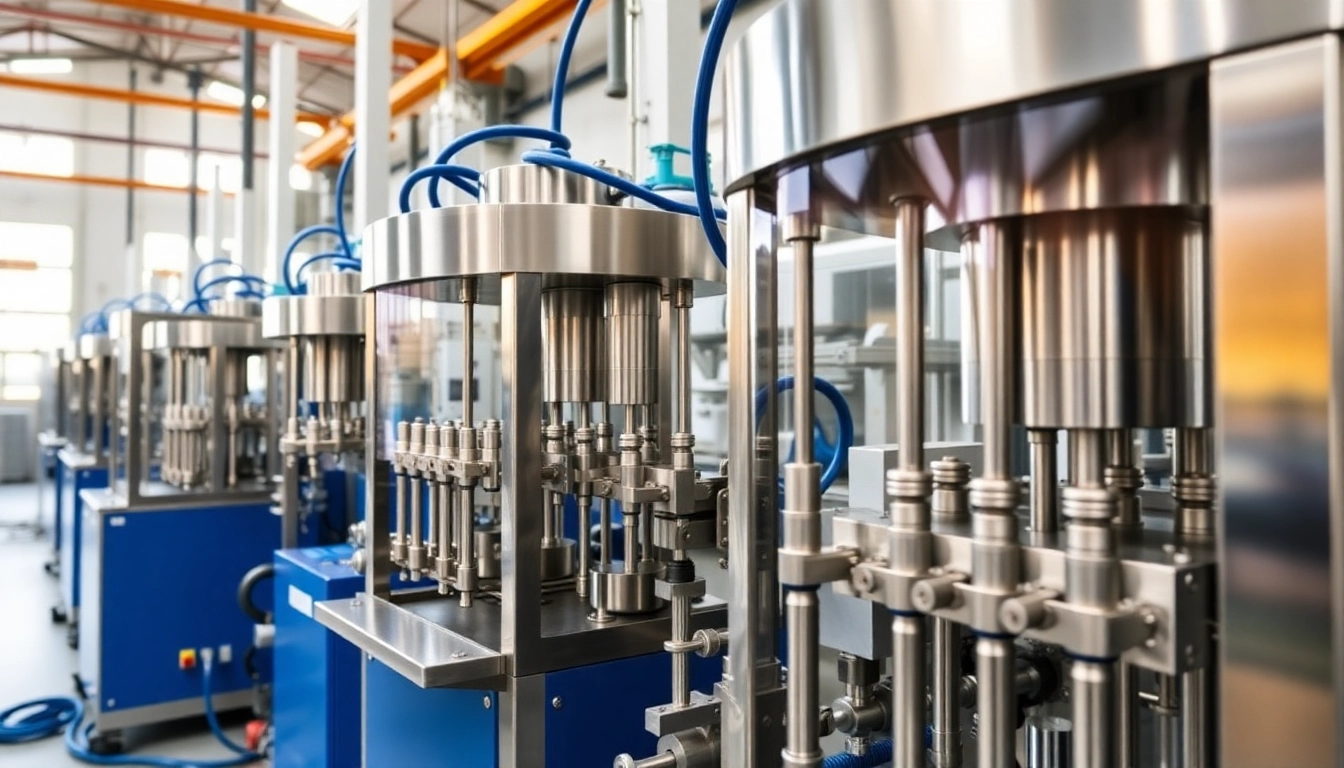
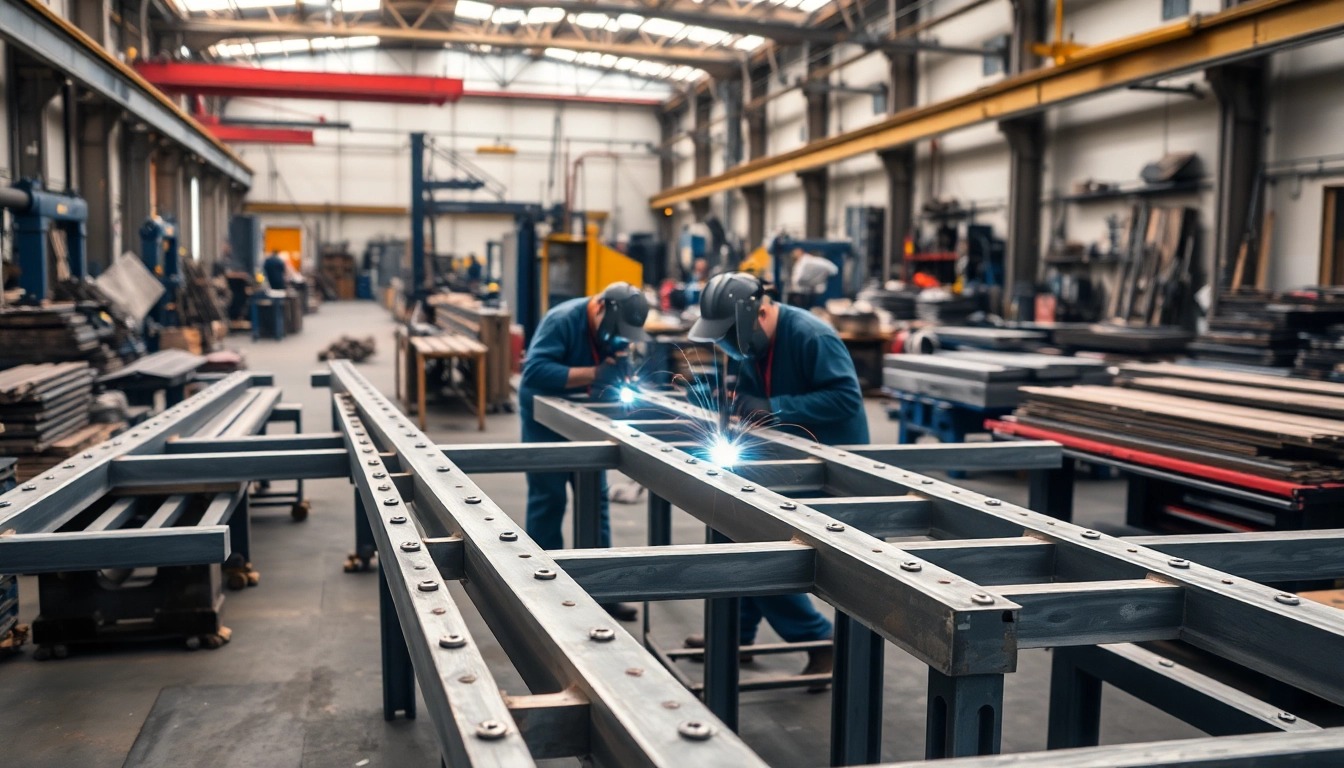
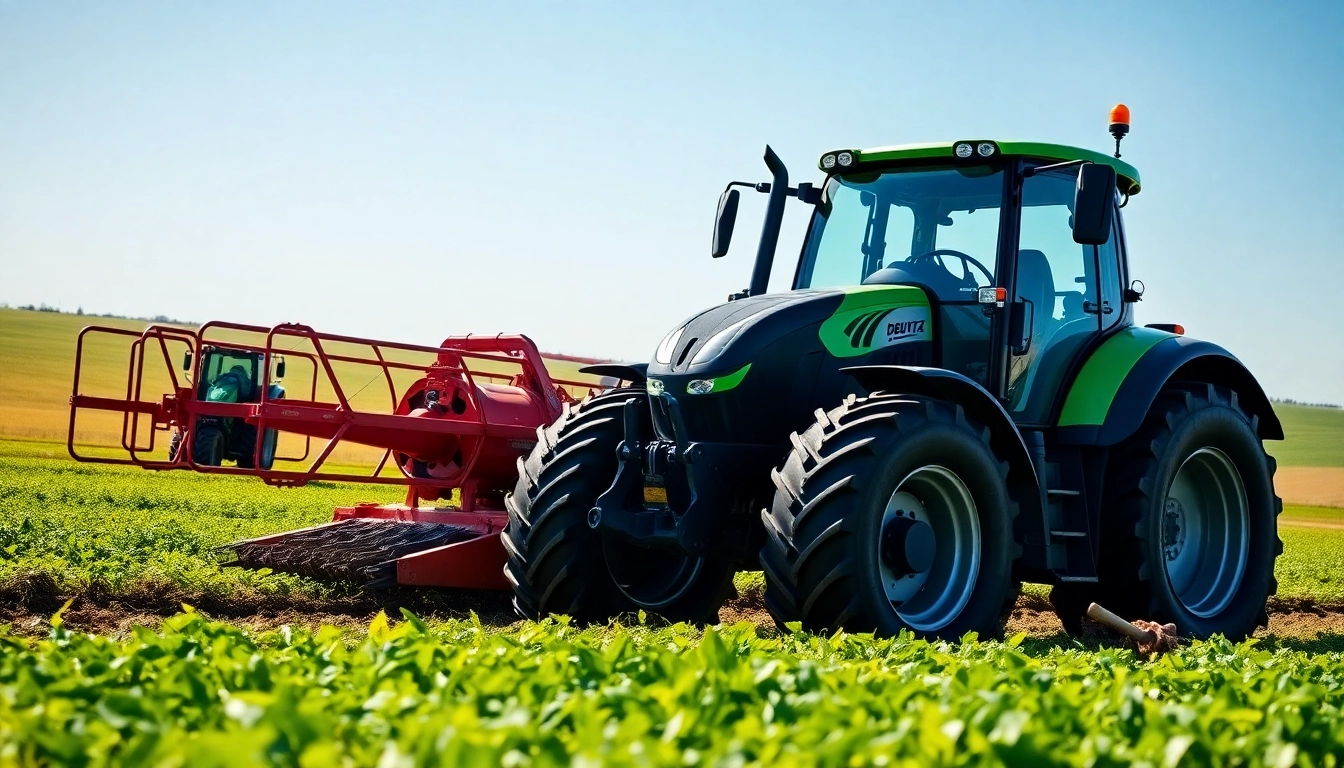
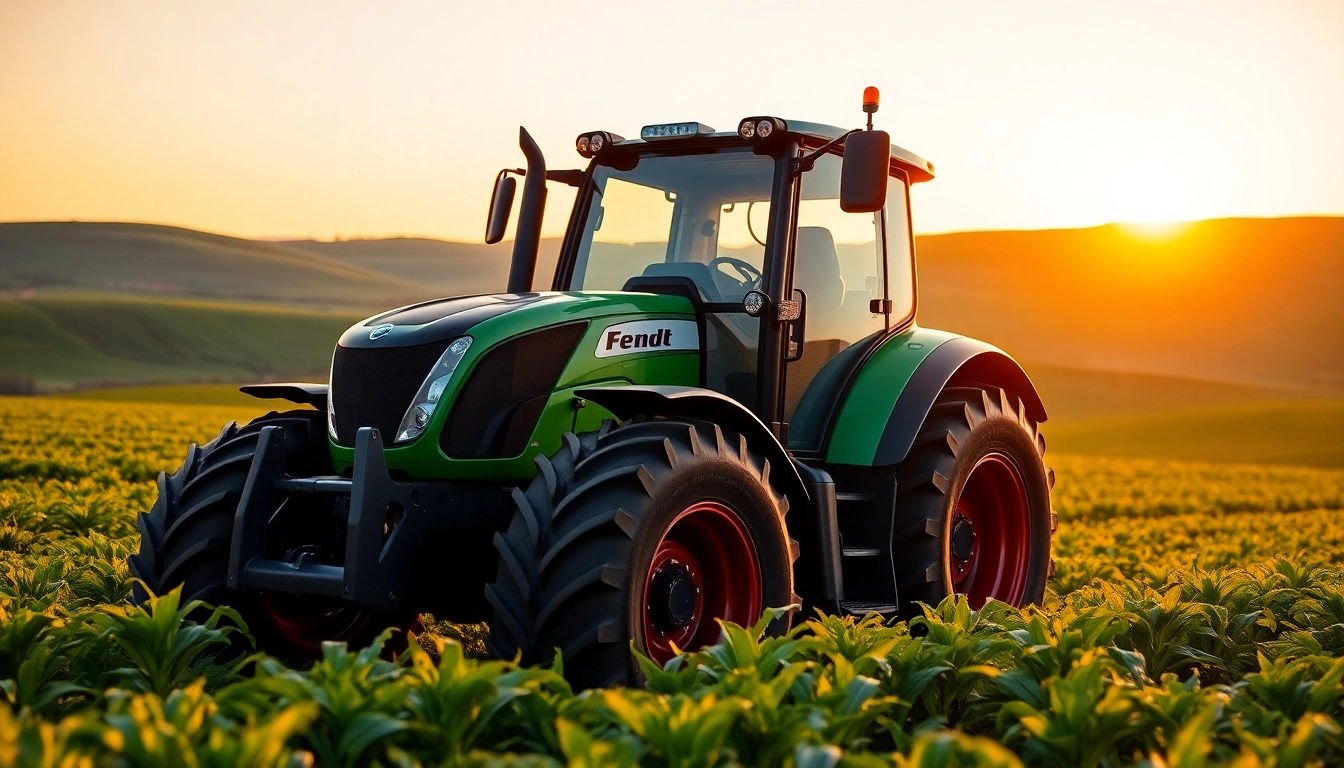

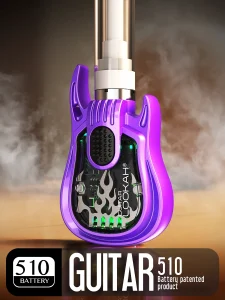







Post Comment